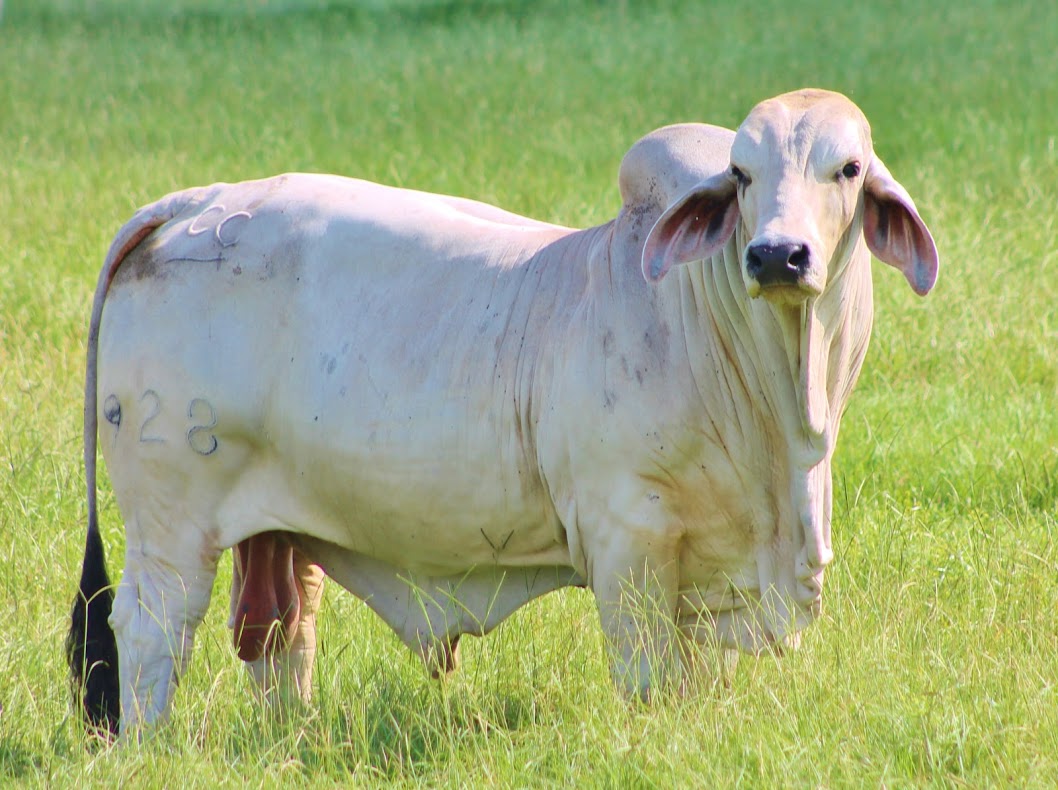Anaplasmosis (also referred as gall sickness) is a disease that affects ruminants caused by bacteria that can infect blood cells. It occurs in warm weather and is a cause for concern in beef cattle farms in Central and South Florida. Even in closed herds, anaplasmosis can be an issue due to the fact that white-tailed deer can spread this disease into our operation. Other methods of spread can be contaminated instruments such as dirty tattoo guns, castration equipment or contaminated needles.

Prevent anaplasmosis by applying insecticide to manage ticks and flies in the herd. Picture by J. Bosques, UF/IFAS Extension Hardee County.
The most common agent in Florida and the Southern states is Anaplasma marginale that can be transmitted by ticks or bighting flies. Transmission of this disease is highest during summer months, due to the heavy population of ticks and flies on the ranch.
What is it?
This blood parasite invades an animal’s circulatory system and infects the blood cells as well as the spleen. The infected cells are filtered through the renal system and removed in the urine of the infected host (hence the characteristic red urine sign). The result of this disease can be progressive anemia that will affect weight gain and milk production.
Surviving animals will usually serve as carriers for life. The severity of the disease can be traced by breed and age of the animal. Calves of less than 1 year of age usually show mild signs and can be hard to diagnose. Cattle up to 2 years of age will have acute signs and will also be able to survive an infection but become carriers. Higher risk is associated with cattle older than 2 years of age, which will most likely suffer severe signs and possibly death. Regardless of age, sick animals will most likely carry the disease for life and should be culled. Bus indicus (Brahman influenced) individuals seem to be more resistant to this disease than Bos taurus cattle or Brittish breeds (hence the reported difference in breed).
What to look for?
During summer months infected cattle will suffer from fever, loss of appetite, and rapid loss of body condition. Lactating animals will suffer from a decreased milk production. Anemia will be evident by the discoloration or yellowing of mucous membranes in the animal. Sick animals will have an increased heart and respiratory rate (to compensate for the shortage of oxygen in the body), muscle weakness and depression. Abortions can occur in females, and in males temporary infertility is also common.
To confirm the presence of Anaplasma marginale, a veterinarian will need to perform a blood test, but depending on the stage, false negatives are common.

We can prevent anaplasmosis
In areas with past history of anaplasmosis, cattle can be protected by daily low levels of antibiotic therapy in feed during
the vector season (when flies and ticks are most active and numerous). Control of ticks and flies by proper use of insecticides can help minimize the chances of anaplasmosis. Regular cleaning of implements can also reduce the chance of spreading this disease throughout the heard. And, lastly, consult with your local veterinarian. There have been several successful vaccines manufactured for local strains of Anaplasma marginale which may be used in your area.
If you would like to have more information on the topic, here are a couple of videos on the subject: https://youtu.be/b95OJfNpYoo (English version), https://youtu.be/Hui8lZ0z7M8 (Spanish version). UF/IFAS Extension Hardee County Agents can be contacted at 863-773-2164 for more educational resources such as scheduling a farm visit, pest identification or soil nutrient analysis.
Further reading
Bovine Anaplasmosis – Alabama Cooperative Extension System (aces.edu)
Anaplasmosis in cattle – Texas A&M Veterinary Medical Diagnostic Laboratory (tamu.edu)
 1
1
